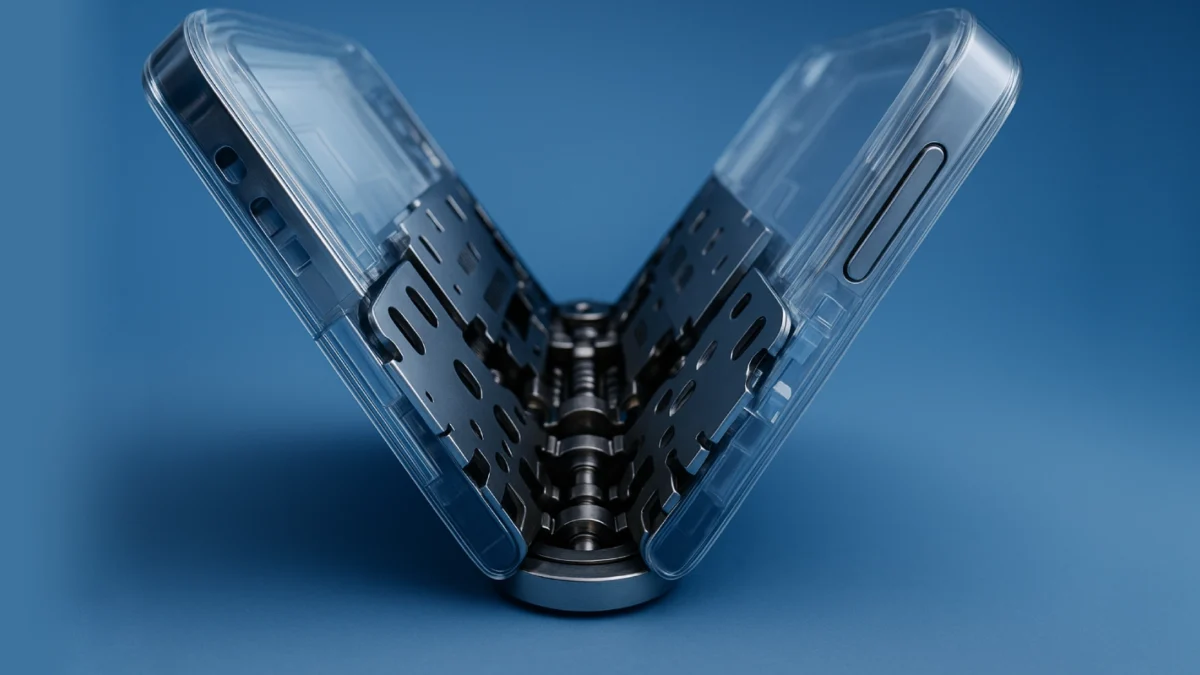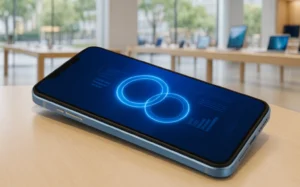Apple’s long-rumored foldable iPhone — often called the “iPhone Fold” — might cost Apple a lot less to build than anyone thought. New reports say the company has figured out how to make its complex folding hinge significantly cheaper, which could mean a more affordable price (or bigger profits) when the phone finally launches.
What’s happening
According to analysts, Apple’s hinge — one of the most expensive parts in any foldable phone — may cost around $70 to $80 per unit, instead of the $100-plus that many expected. The secret isn’t cheap materials, but a smarter manufacturing design and improved assembly process that cuts waste and speeds up production.
Apple’s supply chain is also shifting: Foxconn and hinge maker Shin Zu Shing are teaming up to produce most of the hinges, while Amphenol will likely supply the rest. A third supplier may join later to push costs down even more.
For a deeper dive into how Apple distributes materials differently across its foldable design, you can check our explainer on Apple’s foldable iPhone material zoning.
Why this matters
The hinge plays a huge role in a foldable phone’s cost and durability. A $30–$40 reduction may not sound like much, but across millions of units it adds up fast.
It could also change how Apple prices its first foldable iPhone. The company could pass the savings to customers — or keep the higher profit margin for itself. Either way, a cheaper hinge gives Apple more flexibility.
How Apple made it cheaper
Apple seems to be using a mix of clever mechanical design and advanced materials to lower costs while keeping durability high.
- Simplified hinge structure: Instead of an overly complex mechanism, Apple’s design uses multiple small links and gears that fold more smoothly and are easier to produce at scale.
- Optimized manufacturing: Apple likely uses precision casting and self-aligning hinge modules that need less manual calibration. That means fewer defective parts and faster assembly.
- Material innovation: A “Liquidmetal”-style alloy may appear in key stress points — super-strong, elastic, and easier to mold.
That same focus on efficient thermal and mechanical engineering can be seen elsewhere in the industry, like in RedMagic’s liquid-cooled smartphones discussed in Liquid cooling comes to smartphones.
How it compares to Samsung’s foldables
Samsung has spent years refining its hinge approach for the Galaxy Z series. Those hinges have reportedly cost near $100 per unit on recent models. Apple’s design could come in 20–30% cheaper while still meeting strict durability standards.
Samsung’s upcoming experiments with multi-fold displays — such as its rumored Galaxy Z Trifold concept — show how much hinge tech still matters in foldable evolution. We covered that in detail in Samsung’s Galaxy Z Trifold could pack three batteries — here’s why that matters.
The cost breakdown (in simple terms)
Here’s a rough look at how Apple’s savings might work:
| Cost area | Typical cost | Apple’s improved cost |
|---|---|---|
| Materials | $25 | $17 |
| Machining & finishing | $20 | $13 |
| Assembly & testing | $20 | $13 |
| Scrap & yield losses | $15 | $8 |
| Overhead & logistics | $20 | $19 |
| Total | $100 | ≈$70–$80 |
By improving machining, automation, and quality control, Apple could save around $30 per hinge.
What could go wrong
There’s still risk. Producing foldable hinges at Apple’s scale is complex. If yields drop or materials prove tricky, real costs could climb back toward $90. And even with savings, the iPhone Fold will likely remain a premium device — foldable displays and flexible glass remain expensive.
To understand how new form factors can struggle before reaching maturity, take a look at our analysis on why rollable phones might fail before they even launch.
Expert view
If these numbers hold, Apple could finally make foldables closer to mainstream. Lower hinge costs free budget for display durability, battery life, and software polish — areas Apple typically prioritizes.
Some analysts still expect Apple to price the Fold as a high-end product, possibly above $1,500, to maintain its premium image.
Bottom line
Apple’s rumored hinge breakthrough doesn’t just make the iPhone Fold cheaper to build — it could redefine how foldable phones are engineered. If Apple combines strength, smoothness, and long-term reliability while keeping costs down, competitors will have to catch up fast.
Last Updated on October 18, 2025 by Lucy




